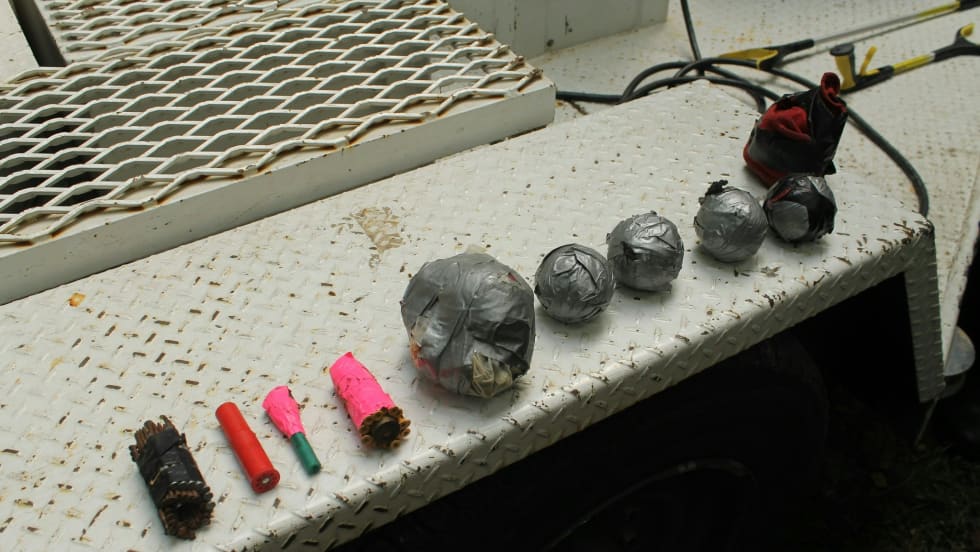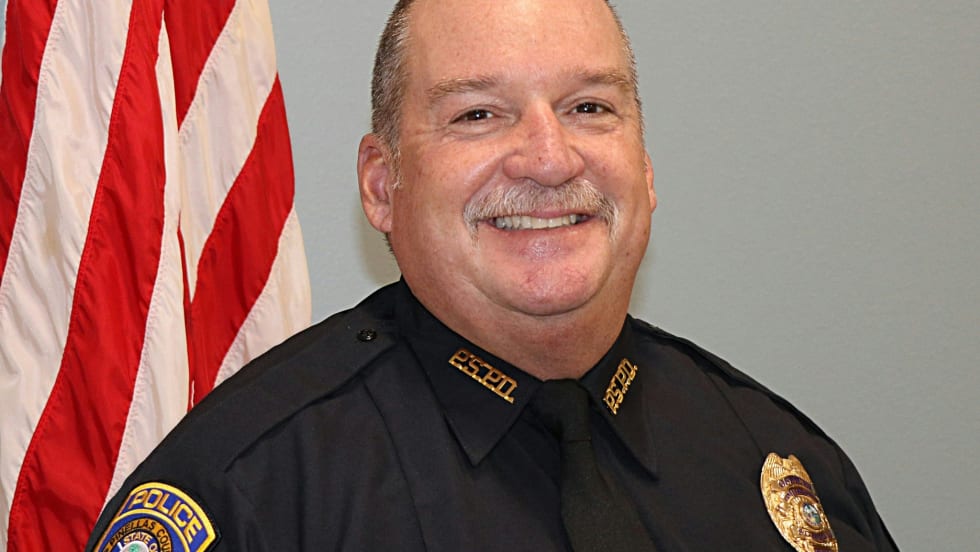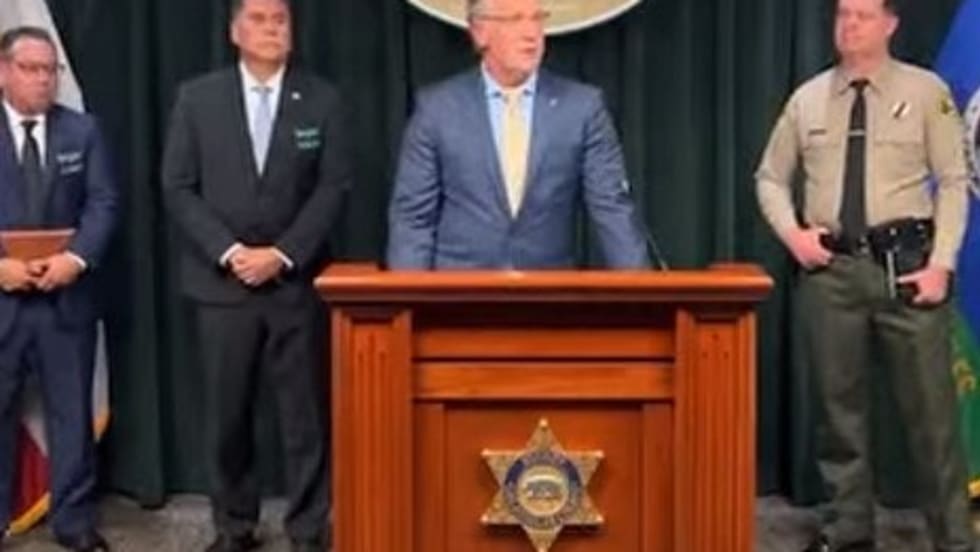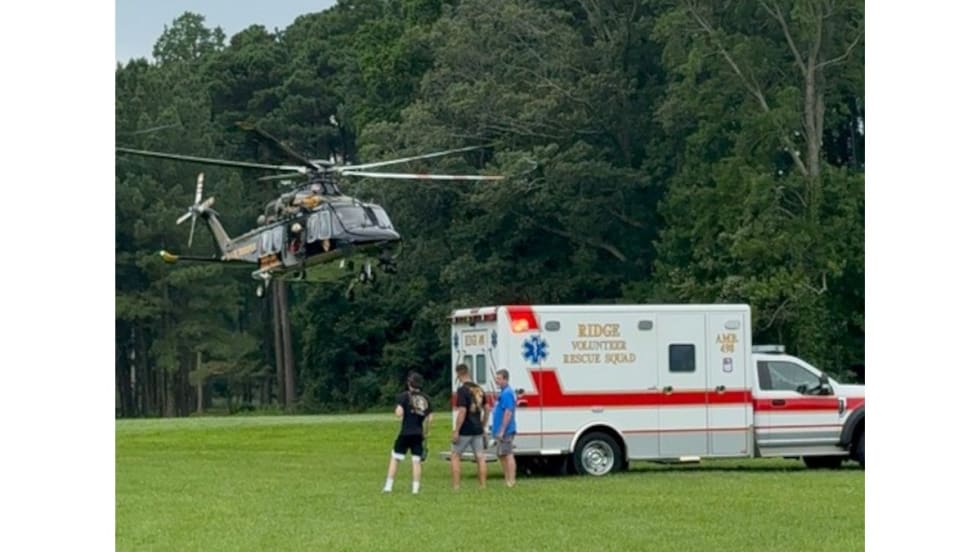But in answer to the critics who say SWAT should not be used to serve warrants for non-violent drug suspects, all of the tactical police experts contacted for this story pointed out that the press and public are not always aware of what information was used to determine why SWAT should serve a drug warrant. The risk involved in a particular warrant service is not always apparent from the nature of the offense, they say.
"I am a firm believer that SWAT should be used for high-risk warrants, violent crime search warrants, and drug warrants because drugs and guns go together," says McLaughlin.
NTOA's Eells, who served with Colorado Springs SWAT and retired as commander of the Special Enforcement Division, believes not all drug warrants should require SWAT, but some should. "What we have been advocating through NTOA is that a very careful risk analysis be conducted before a SWAT team be committed to a specific warrant service," Eells says.
Unfortunately, intelligence on a suspect or location is not always available, not always taken into consideration, and can be wrong. McLaughlin points to the deadly Florence, SC, incident of 2018 as an example of a warrant service that in hindsight should have been conducted by SWAT. In that incident, two Florence-area law enforcement officers were killed and three others wounded in a gun battle, not with the 28-year-old subject of the warrant, but his 74-year-old father. The warrant stemmed from an investigation into sexual assaults on minors, and the deputies serving the warrant that day had no forewarning of how the father would respond.
Eells says another factor that leads to critics arguing that SWAT is overused for warrant service is that they tend to throw all law enforcement special units into the "SWAT" category. "A lot of their reports are not well researched," he says. "They fail to differentiate between narcotics units, fugitive apprehension teams, and SWAT teams." The confusion is caused because many SWAT critics see any law enforcement team dressed in tactical gear as a SWAT team, according to Eells.














